Civil War in Springfield Gallery
Introduction
Text-to-speech Audio
Images
Civil War in Springfield Gallery
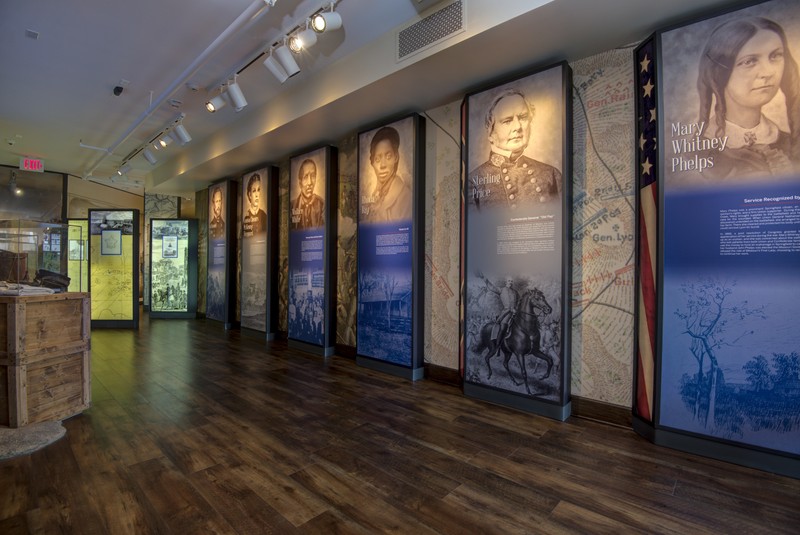
Explore Civil War artifacts while hearing about the Civil War's impact on Springfield
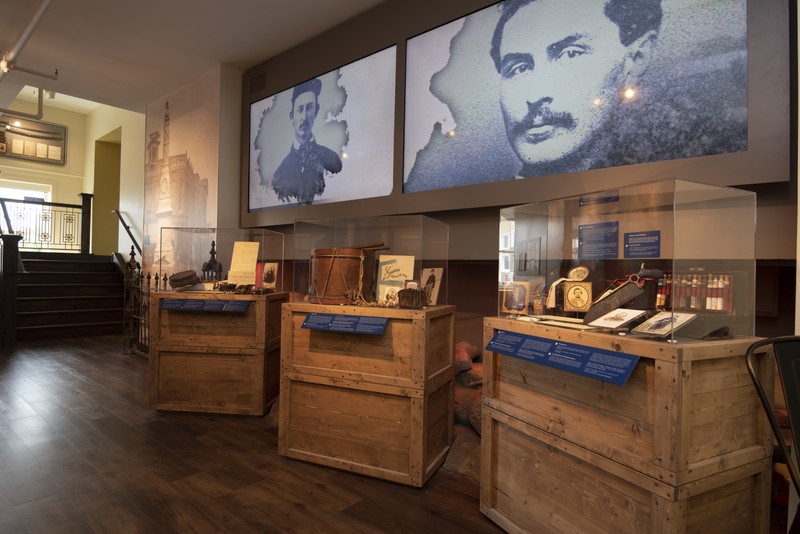
Wallace White
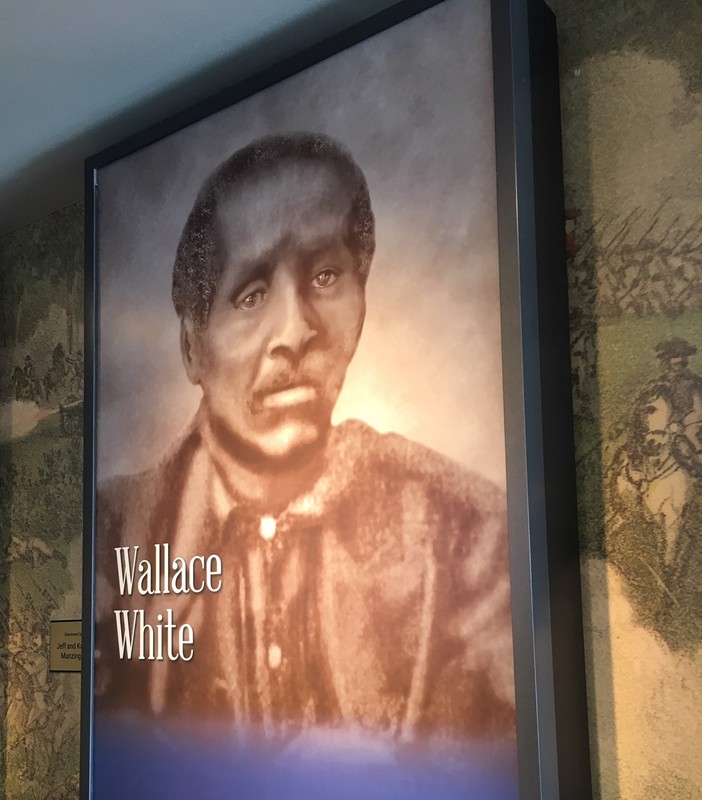
Mary Whitney Phelps
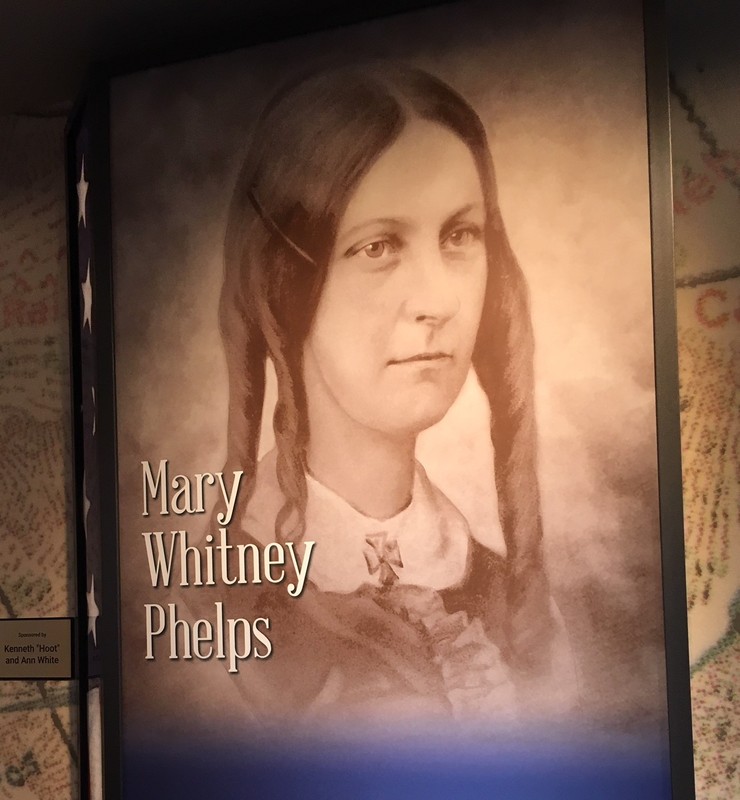
Photo of the Lyon Monument on the Square with the original Victorian fence
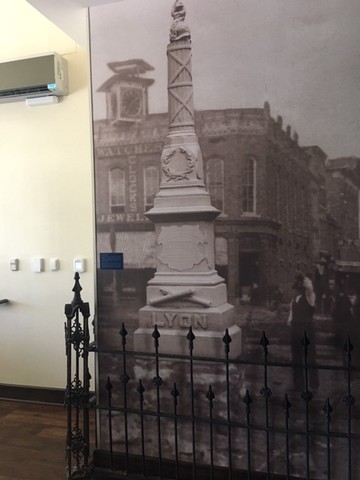
Backstory and Context
Text-to-speech Audio
In the mid-1800s, Springfield was a small community at the edge of the western frontier, on the verge of great growth and an economic boom with the potential addition of the railroad. However, the Civil War changed that growth projection. As a divided city, loyalties were split among citizens. It was a time of chaos between neighbors and families. At the outbreak of the war, Unionists held the majority in Springfield. As Union troops came into Missouri by way of St. Louis, General Lyon's troops found a loyal group of pro-Union citizens cheering on their arrival in Springfield. The majority of the Confederate supporters had left the city and moved south. Along with these “secessionists” were many of Springfield’s founding families, including the Campbell family.
The Battle of Wilson's Creek
The Battle of Wilson's Creek was the first major battle west of the Mississippi River. Fighting began on August 10th, 1861 about ten miles southwest of Springfield. The battle lasted approximately five hours with most of it taking place on a ridge called Bloody Hill near Wilson's Creek. Outnumbered by Confederate soldiers, the Union army eventually retreated to Springfield and then to Rolla, MO. The Confederates went on to Springfield from there and claimed the city. The Confederate Army won the battle, but they did not pursue the Union past Springfield.
First Battle of Springfield: October 25, 1861
After the success of the Confederate Army, the Union sought to retake Springfield, which they believed was the key to holding Southwest Missouri. Union General John C. Fremont brought more than 38,000 soldiers to his Federal encampment located 50 miles north of Springfield. Upon hearing that only 500 Confederate troops were left to defend Springfield, Major Charles Zagonyi persuaded General Fremont to let him and Major White advance on the city. As the troops approached Springfield, Zagonyi learned that there were actually three times the number of Confederate troops. Still, they made their attack on the Confederate troops, which were believed to be fairly inexperienced. The Confederates fled the city and left it open for Union forces to move in. Two days later, Fremont’s Union forces officially took the city without resistance.
Second Battle of Springfield: January 8,1863
Over the next few years, Springfield housed military supplies for the Union. Confederate troops sought to take the town back as General John Marmaduke led troops to Springfield. Union troops scrambled to prepare the city with only 1,000 Union troops and 1,000 sick or wounded troops, who were called the “Quinine Brigade.”
As Confederates attacked, the fighting crept steadily closer to the city, with armies moving from house to house as they fought their way into Springfield. It was an intense battle that ceased only with the end of the day. The next day General Marmaduke decided not to renew the attack on Springfield as the Union had received fresh reinforcements. In the end, Springfield successfully remained in Union control for the rest of the war.
A few highlights from the Civil War in Springfield Gallery:
- Wallace White was born into slavery in Kentucky in 1844. When he was just a boy, he was sold to a farmer named John White who moved him to Missouri. During the Civil War, Union soldiers from Missouri’s 6th Cavalry rode by one day while Wallace was working in the cotton fields. They encouraged young Wallace to join them. Wallace rode away from the farm on his master’s mule with only the cloths he was wearing and a padlock from his shackles. He spent the next few years unofficially in service to the Union Army, fighting in the Battle of Pea Ridge and the Siege at Vicksburg. After the end of the Civil War, White came to Greene County and settled near Cave Springs where he farmed, married Annie Looney and raised a family. Wallace White continued to attend reunions of the 6th Missouri Cavalry, but he was the only Union troop member to be denied a pension.
- Mary Whitney Phelps was a prominent Springfield citizen, an early advocate of women’s rights, and a firm Union supporter. When Union General Nathaniel Lyon’s body was discovered untended on the battlefield after the Battle of Wilson’s Creek, she had it brought to her farm. There she cleaned and protected his body until it could be brought back to his family in Connecticut. In 1866, a joint resolution of Congress granted Mary $20,000 in appreciation of her service during the war. Mary grew up an orphan, and she was concerned about the welfare of the children who lost parents from both Union and Confederate families. She used the money to fund an orphanage in Springfield.
- Lyon's Monument and Victorian Fence - In August of 1883, a monument to General Nathaniel Lyon, killed at the Battle of Wilson's Creek, was dedicated in the center of Springfield's Public Square by both Union and Confederate Veterans. The monument was surrounded by an intricate iron railing measuring 70 feet square. By April of the following year, city leaders decided that the statue took up too much space in this busy located downtown. The memorial was moved to the National Cemetery. The historic fence was sold and moved to a home at the corner of Cherry Street and Dollison Avenue. This section of the original Victorian fence, from 1883, was donated to the museum in 2014.
